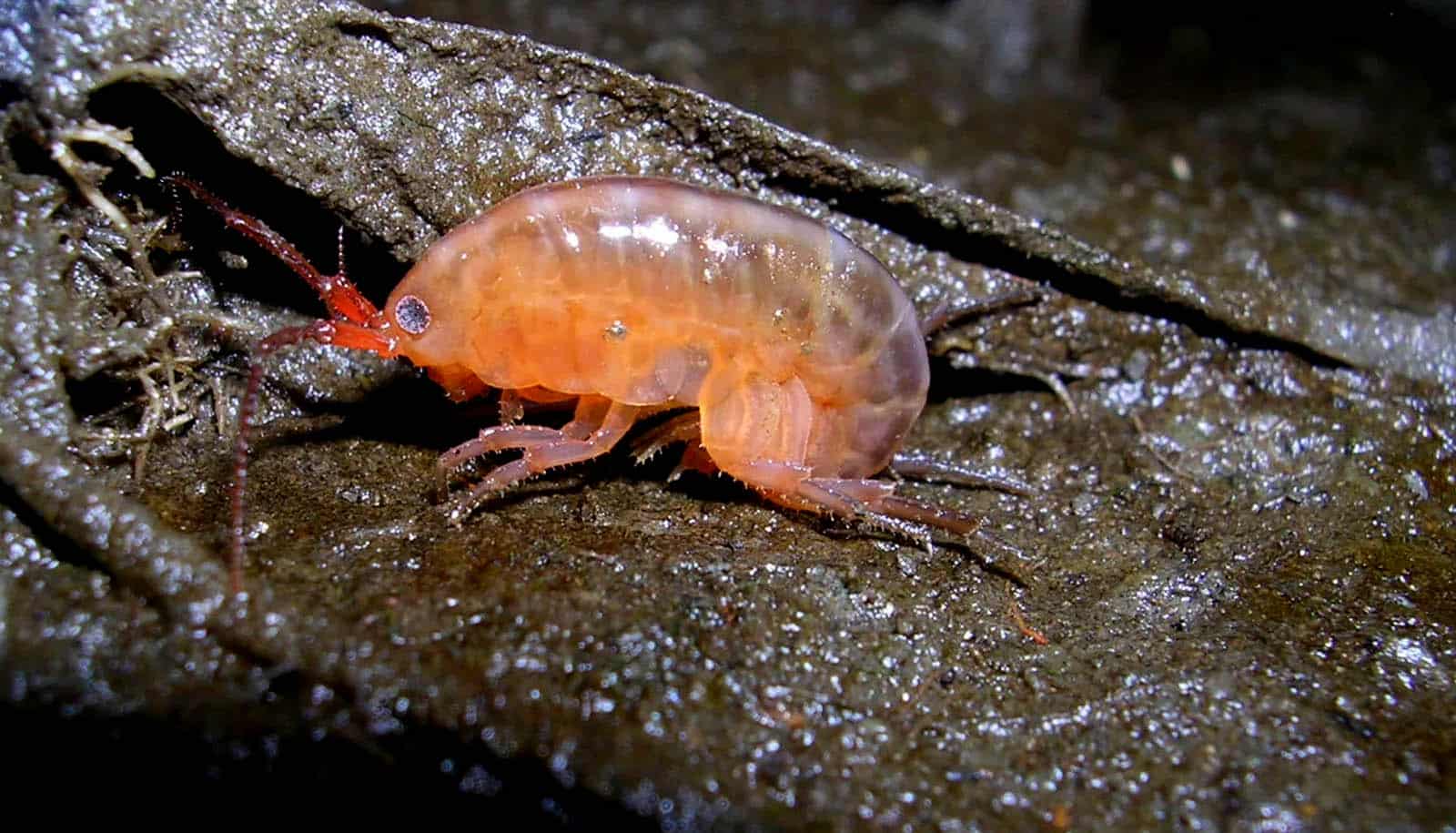A parasitic worm that can infest the brains of moose appears to be playing a role in the decline of the iconic animal in some regions of North America, researchers report.
Moose populations have been dwindling for years across the country due to many contributing factors, but new research shows the impact of Eleaophora schneideri, also known as the arterial worm, has likely been underestimated.
The researchers examined recently deceased Shiras moose in Idaho between March 2020 and July 2022. While the parasitic roundworm E. schneideri was not detected in any of the animals found in north Idaho, it was present in 10 of the 20 adult moose studied in the southeastern portion of the state. Nine of the infected not only had adult worms in their major arteries but their brains were littered with microfilariae, the microscopic early life stage of the worm.
“The microfilaria are just scattered throughout their brains, and even though the damage from each is minuscule, they’re basically shot-gunning the whole brain,” says Kyle Taylor, a pathologist at Washington State University’s Washington Animal Disease Diagnostics Laboratory.
“We hypothesize the cumulative effects of large numbers of microfilariae in the brain may be associated with increased morbidity or chance of mortality, with mortality more likely in cases with larger numbers of worms.”
The research, published in the Journal of Wildlife Diseases, is part of a three-year collaborative project on moose mortality with the Idaho Fish and Game and Janet Rachlow of the University of Idaho, College of Natural Resources.
E. schneideri is primarily transmitted by tabanid flies like horse and deer flies. Mature worms can measure as long as 4.5 inches and are most commonly found in the carotid arteries in the area of the head and neck, where they will mate and release microfilariae into the bloodstream.
Infection can lead to a condition known as elaeophorosis in which the host’s circulation system is disrupted. It can advance to blindness, abnormal behavior, damage to the ears and muzzle, and death.
Infections have been reported in a variety of species, including deer, domestic and wild sheep, and elk. Unlike moose, mule deer and black-tail deer are considered to be natural hosts and typically show minimal to no signs of infection.
There are currently no tests available to determine whether a live moose is infected with the parasite.
Taylor’s team examined 61 recently deceased moose in Idaho. No evidence of infection was found in northern Idaho moose or juveniles, but 10, or half, of the adult moose studied in southeastern Idaho were infected. Of those 10, three had damage to the tips of their ears, a condition attributed to E. schneideri infection. Four exhibited abnormal behavior prior to their deaths, possibly due to neuropathology associated with the parasite.
Based on their findings and that of other research, Taylor suspects the subtle but widespread damage to the brain caused by the worms may be leading to reduced fitness of the moose, which could increase risk of predation, and, sometimes, cause death.
“We really need to have an understanding of all the issues related to moose population decline, and this parasite appears to be a factor,” Taylor says.
The study also explored the geographic spread of E. schneideri in Idaho. The parasite was found to be widespread in southeastern Idaho, aligning with its prevalence in neighboring regions of Montana and Wyoming. The distribution coincides with populations of mule deer.
Christine Haake, a pathology resident at WADDL and graduate student in the department of veterinary microbiology and pathology, helped to lead the study. Logan Weyand, a graduate student at the University of Idaho during the project, performed and directed field sampling. WADDL pathologist Chrissy Eckstrand and parasitologist Laura Williams assisted with the research.
Source: Washington State University



